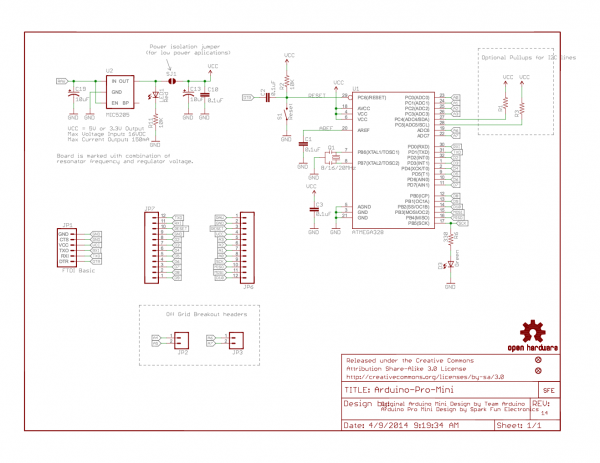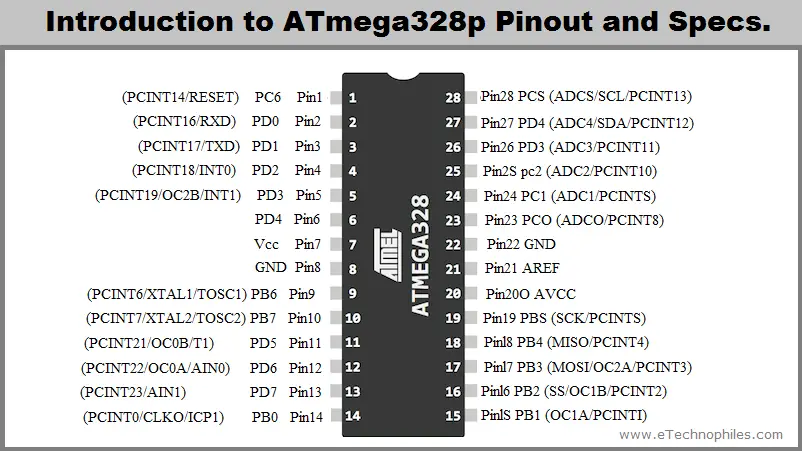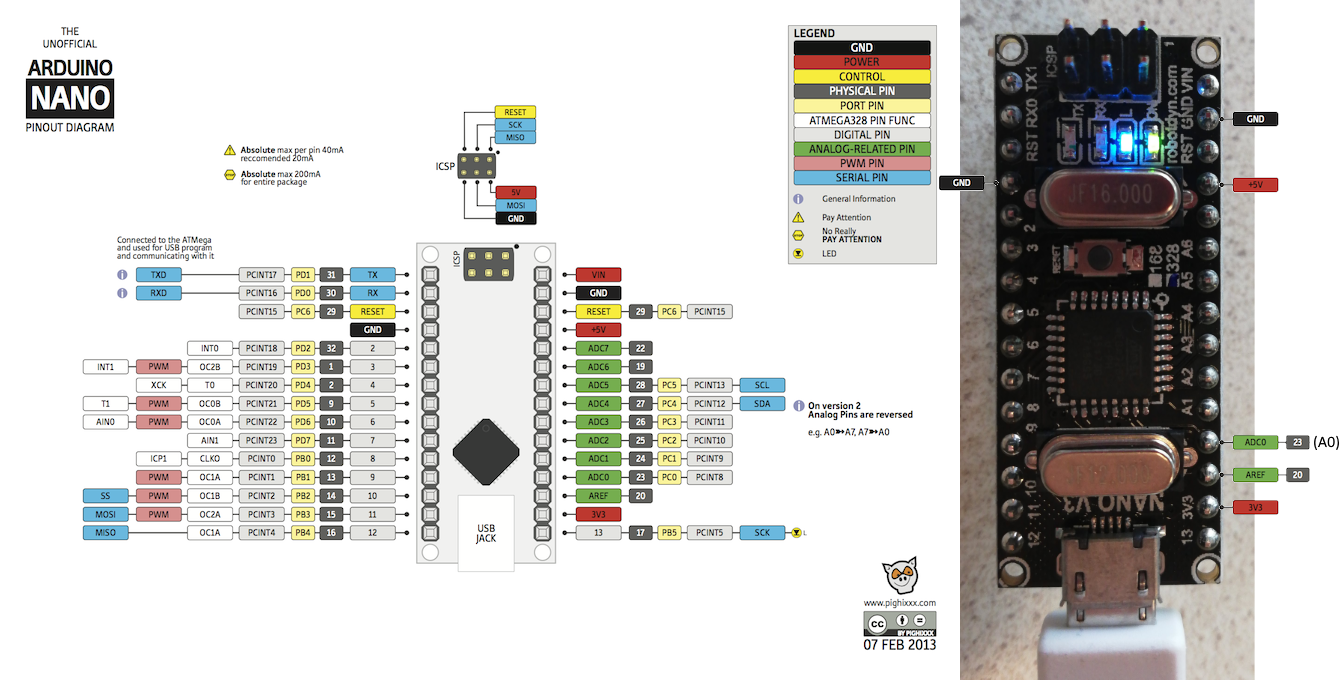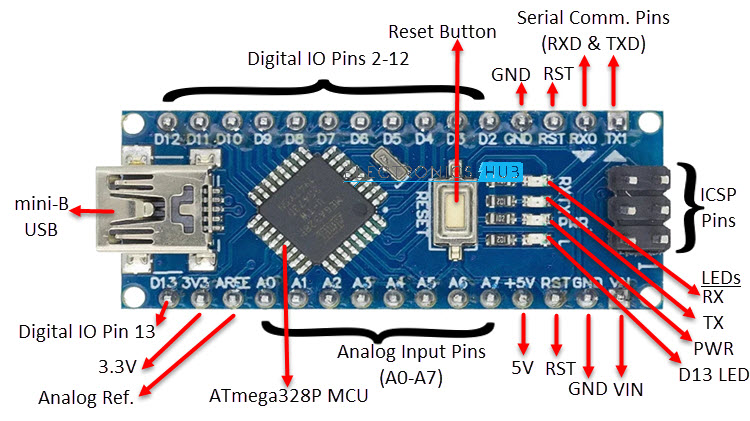
- #Matching arduino uno pinout to nano pinout generator
- #Matching arduino uno pinout to nano pinout software
- #Matching arduino uno pinout to nano pinout tv
#Matching arduino uno pinout to nano pinout software
The output frequency and phase are software programmable, allowing easy tuning.

Waveform generation is required in various types of sensing, actuation, and time domain reflectometry (TDR) applications.
#Matching arduino uno pinout to nano pinout generator
From the AD9833 datasheet (): "The AD9833 is a low power, programmable waveform generator capable of producing sine, triangular, and square wave outputs. The Audio Tone Burst Generator uses an MSP430G2402 microcontroller to control an Analog Devices AD9833 and displays the User selections on a 16x2 LCD. If so, you can use the Audio Tone Burst Generator to make sure the delay is within an acceptable limit. Perhaps a good realtime frequency scaler can be done with a Raspberry Pi. If you are using a microphone mixer because you are recording the meeting you want to send the clean mix to the recorder and the frequency-scaled mix to the amp and speakers. Some microphone mixers have special effects which include pitch shifters. This would be a good frequency scaler for a sound re-enforcement system for a meeting. In measuring the time delay of the Stanton STR8-80 I discovered that the delay is different for different frequencies but in all cases is less than 15ms. When you use the turntable speed control it obviously cannot change the speed of the auxiliary audio input so you are left with a very fine pitch shifter (frequency scaler). The turntable also has an auxiliary audio input which is inserted before the pitch shifter. You can speed up and slow down the music without changing its pitch. It has a control to vary the speed of the turntable and then a frequency scaler (pitch shifter) to restore the pitch of the music. The best frequency scaler that I have heard is in my old Stanton STR8-80 turntable. Frequency scaling is difficult to do in real time. See this article on Delayed Auditory Feedback (DAF). The amount of delay depends on several factors including age. This can provide a great deal of amusement for everyone except the person who is talking. Indeed, if the delay is around 200ms most people will try to talk slower (and slower) in order to “catch up” with themselves. If delay is more than 50ms we will hear that as an echo and most people will be distracted by that. The frequency scaler will have some time delay. Thus we are less likely to notice that our speech has been frequency scaled down a little. When we talk, bone-conduction to our ears acts as a low pass filter so our voice sounds lower to us than to the people we are talking to. Indeed, you should lower the pitch of the person’s voice, not raise it.

If you limit the frequency scaling to +/- 5% the people speaking will not notice.

The sound being fed back is at an ever increasing or decreasing frequency so it doesn’t howl. In a sound re-enforcement system such as may be used in a meeting, you can increase the feedback margin by several dB by using a frequency scaler (pitch changer) to change the sound going to the sound re-enforcement system (amplifier and speakers). For television applications, the Advanced Television Systems Committee recommends that audio should lead video by no more than 15 milliseconds and audio should lag video by no more than 45 milliseconds.
#Matching arduino uno pinout to nano pinout tv
If you use your own sound system with your TV and your sound system does some fancy digital processing the delay may be long enough that you will notice that the actor’s mouth movements are not synchronized with the sound. You may want to measure the time delay in a piece of audio equipment in the following situations.

Modern audio equipment may use some fancy digital processing which may introduce a noticeable delay in the sound. It is used for measuring the time delay of a piece of audio equipment. It can also be used as a regular audio generator. The Audio Tone Burst Generator produces a periodic burst of tone at a User-selected audio frequency at a User-selected repetition rate.


 0 kommentar(er)
0 kommentar(er)
